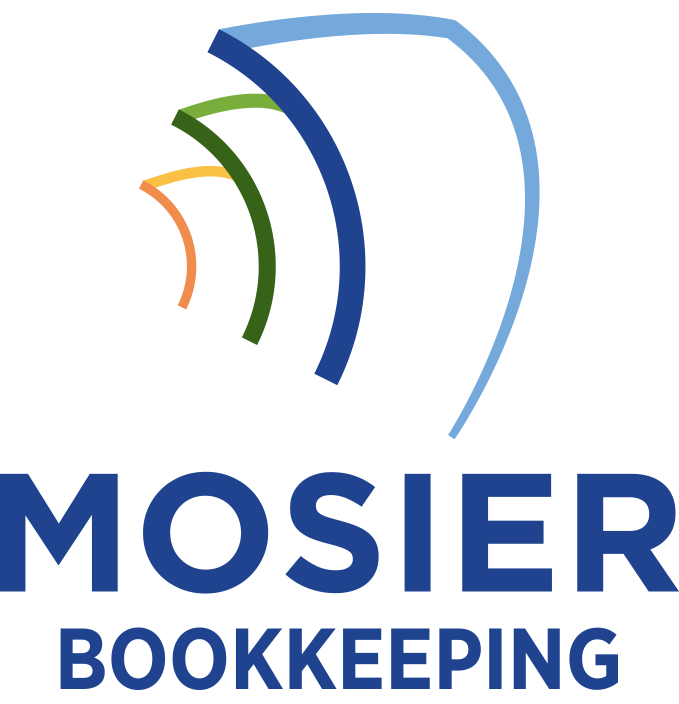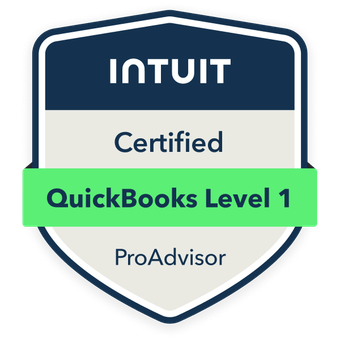Integrating your bookkeeping with inventory management systems delivers substantial benefits across your business operations. You’ll gain real-time visibility into financial positions and stock levels while reducing manual data entry errors from 5% to under 0.1%. The integration cuts labor costs by 40-60% through automated processing and provides unified dashboards for enhanced decision-making. With synchronized operational and financial intelligence, you’ll optimize inventory levels, prevent stockouts, and maintain audit-ready compliance – key advantages I’ll explore in detail below.
Real-Time Financial Insights and Inventory Control

Real-time integration between bookkeeping and inventory management systems breaks down data silos to deliver instant visibility into financial positions and stock levels. I’ll show you how this synchronization empowers you to make data-driven decisions with precision and confidence.
When your systems are integrated, you’ll track every transaction’s impact on both finances and inventory simultaneously. You’ll identify high-margin products, optimize stock levels, and prevent stockouts that could hurt your bottom line. You can monitor cash flow, cost of goods sold, and inventory valuation in real-time, enabling you to pivot strategies instantly when market conditions change.
Streamlined Operations and Error Reduction
The seamless integration of bookkeeping and inventory systems eliminates manual data entry and reduces human error across your operations. I’ll help you understand how this automation transforms your business processes and drives operational excellence.
| Process | Before Integration | After Integration |
|---|---|---|
| Data Entry | Manual, Multiple Steps | Automated, Single Entry |
| Error Rate | 2-5% Average | <0.1% Average |
| Processing Time | Hours/Days | Minutes/Real-time |
You’ll gain enhanced accuracy through automated reconciliation between financial records and inventory levels. The system cross-validates transactions, flags discrepancies instantly, and maintains audit trails automatically. This integration creates a self-checking ecosystem that protects your bottom line while streamlining workflow efficiency.
Cost Savings Through Automated Processing
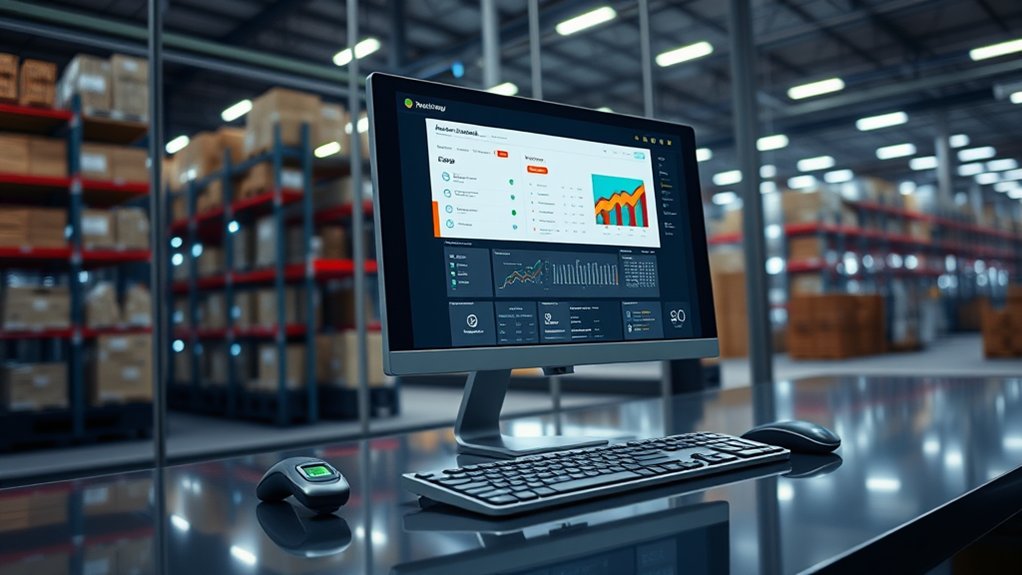
Automated processing delivers substantial cost reductions beyond error prevention and accuracy improvements. I’ve found that integrating bookkeeping with inventory systems cuts labor costs by 40-60% through elimination of manual data entry, reconciliation, and reporting tasks. You’ll reduce overhead by automating purchase orders, invoicing, and payment processing while minimizing the need for additional staff during growth phases.
Your software investment typically pays for itself within 12-18 months through reduced personnel expenses, faster transaction processing, and elimination of duplicate systems. I’ll emphasize that automated workflows enable your existing team to handle higher transaction volumes without proportional cost increases, directly improving your bottom line.
Enhanced Decision Making With Unified Data
Unified data integration between bookkeeping and inventory systems provides pivotal analytical insights for strategic planning and operational control. I’ve found that this integration empowers you to make real-time decisions based on exhaustive financial and inventory metrics. You’ll leverage unified dashboards to analyze cash flow impacts of stock levels, optimize purchase timing, and identify high-margin product lines.
When I merge these systems, you gain immediate visibility into how inventory decisions affect your bottom line. You can evaluate supplier performance against financial outcomes, forecast working capital needs with accuracy, and execute data-driven strategies that maximize profitability through synchronized operational and financial intelligence.
Improved Compliance and Audit Readiness

Integrating bookkeeping with inventory management systems strengthens your compliance posture and simplifies audit preparation through automated record-keeping. I’ve found that synchronized systems create an unbreakable audit trail, letting you demonstrate regulatory adherence with confidence while maintaining control over your financial operations.
- Real-time transaction tracking eliminates manual reconciliation errors
- Automated documentation meets retention requirements across jurisdictions
- Digital timestamps and user logs provide tamper-evident records
- System-generated reports match regulatory filing formats
- Built-in controls enforce separation of duties and access restrictions
You’ll gain a commanding position during audits with instant access to organized, validated data that proves your compliance.
